Discover the Ocean's Apex Predators
Explore the diverse and fascinating world of sharks. Learn about their unique traits, habitats, and behaviors.
Our Sharks
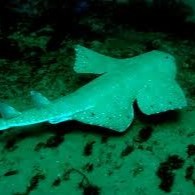
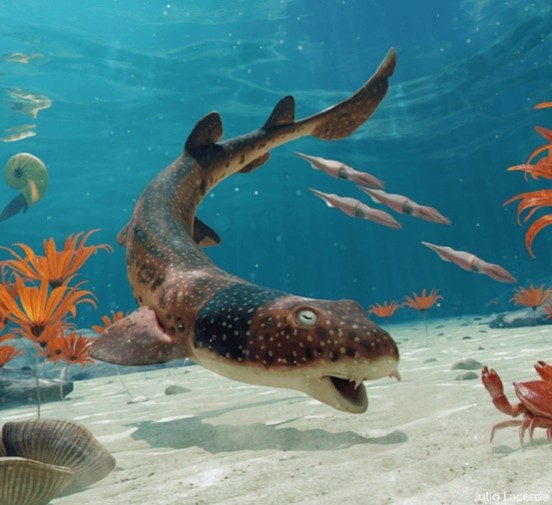
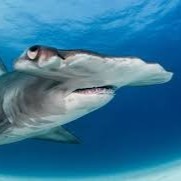
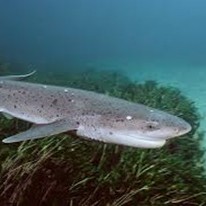
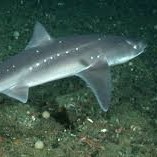
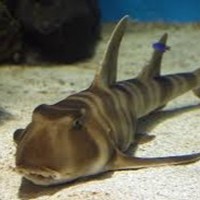
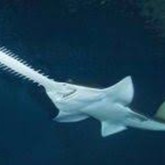
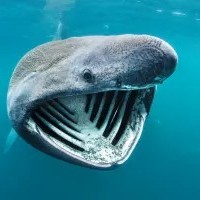
Explore the diverse and fascinating world of sharks. Learn about their unique traits, habitats, and behaviors.







